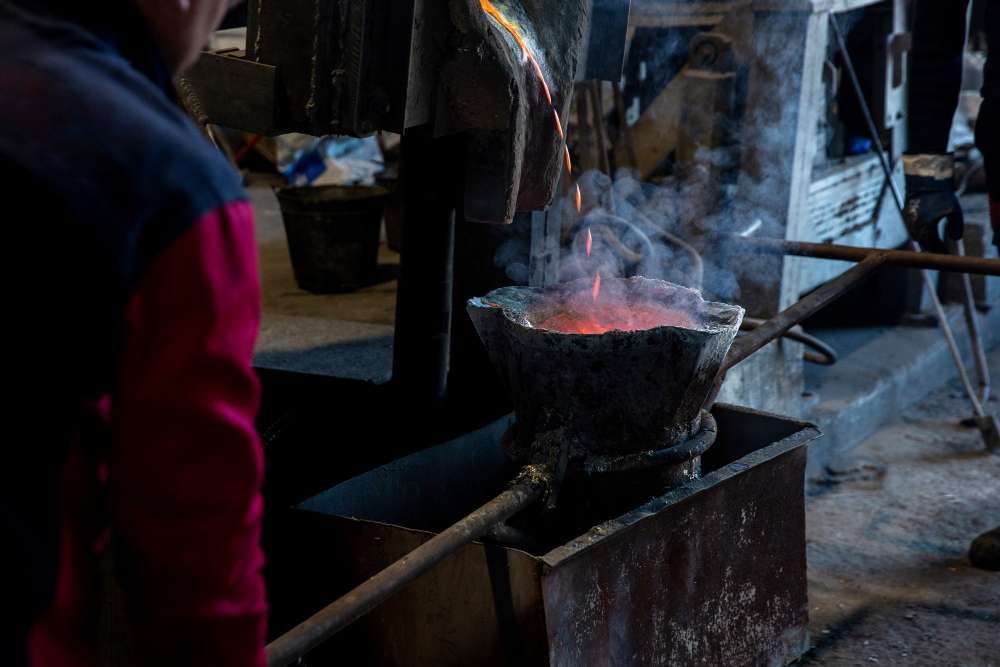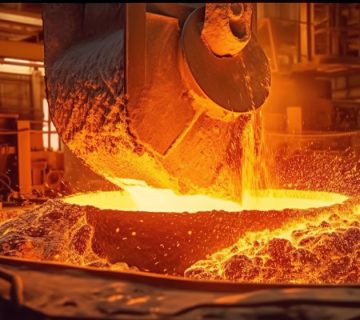Optimizing Induction Furnace Performance:
Induction furnaces play a pivotal role in modern metals refining, offering remarkable precision and efficiency in metals amalgamation and alteration. However, unremitting advancement is indispensable to retain competitive operations. The following are top techniques for maximizing the potency and productivity of induction furnaces.
To start, optimizing the electromagnetic scheme is key, as it considerably impacts efficiency. Advancements in coil plan, substances, and parameters can better magnetic field allocation and decrease energy waste. Computer modeling can facilitate designs that transfer power expertly while limiting heating diminution.
Induction Furnace thermal diminution
Furthermore, selecting robust, heat-resistant substances like high-alumina refractories can reduce thermal diminution and withstand higher temperatures. Alloys with exceptional magnetic properties additionally boost induction performance and overall effectiveness.
Implementing progressive power administration systems permits more accurate regulation of the melting operation. Controllers like variable frequency drives or automation modulate input power in real time, optimizing energy usage and hastening response for greater operational potency.
Precisely tracking temperature is also important, as accurate supervision ensures competent work. Tools including infrared sensors or thermocouples guarantee temp monitoring. Improving insulation assists preserve heat, further cutting energy usage.
In addition, optimizing batch dimensions based on metal type and warming traits can enhance work. Smaller batches heat faster and more uniformly, while larger batches benefit from customized coil arrangements. Analysis ensures productivity maximization and energy preservation.
How can we improve the performance?
Integrating automation and constant tracking with IoT gadgets further improves command and insights. Data on parameters like temperature, energy usage, and throughput rates drives predictive servicing and enhancements.
Furthermore, techniques like multi-frequency induction or dual-frequency power supplies can customize melting dependent on metal. Effective charging makes certain even filling, decreasing energy waste and accelerating total melting speeds.
Reusing waste warmth with heat exchangers permits redirecting it for preheating supplies or water also cuts both energy usage and substance costs.
Significantly, regular training for operators and maintenance personnel equips them to observe operations, conduct preventive servicing, and solve issues proficiently, reducing downtime and boosting furnace performance.
Lastly, diligent servicing including checks, cleaning, and system refreshes is key to maintaining top functionality. Modernizing older induction furnaces with innovative parts and technology extends lifespan and improves potency.
In summary:
maximizing induction furnace efficacy necessitates an amalgamation of advanced systems, skilled labor, and perpetual betterment strategies. These approaches can achieve higher output, reduced energy usage, and greater sustainability, strengthening the metalworking industry generally.



No comment